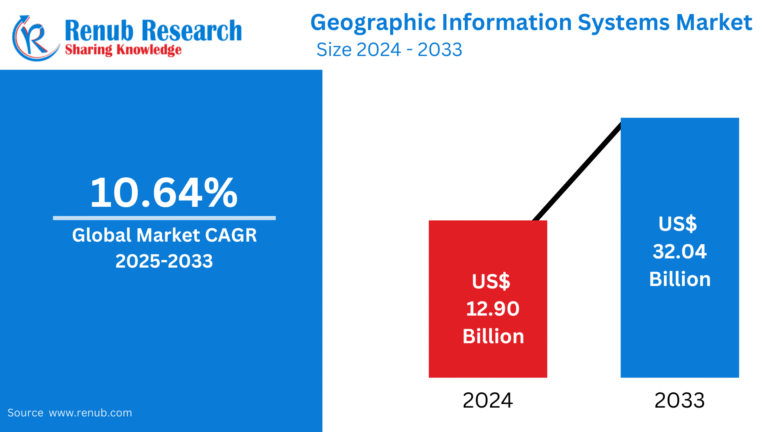In the ever-evolving landscape of modern warfare and conflict resolution, technology is at the forefront of changing the rules of engagement. From cyber warfare to artificial intelligence (AI)-driven weapons systems, technological advancements are altering military tactics and shifting the balance of global power. Traditional strategies are being replaced or augmented by sophisticated digital tools offering enhanced precision, speed, and the ability to strike from afar. This shift has far-reaching implications, not only for national defense but also for global security. As technology is redefining warfare, the rules that once governed engagement in conflicts are becoming less clear, and the consequences of these changes are profound.
The Evolution of Warfare
In centuries past, warfare was limited by geography, manpower, and rudimentary weaponry. Armies would line up on the battlefield, and combat was largely hand-to-hand or reliant on basic artillery. However, with the advent of the Industrial Revolution and technological innovations in the 20th century, everything changed. Tanks, aircraft, and nuclear weapons revolutionized the battlefield, creating new forms of deterrence and strategic dominance. Fast forward to the 21st century, and warfare has entered a new digital era, where cyberattacks, drones, and satellite systems play a central role.
Technology is Redefining Military Tactics
One of the key ways technology is redefining warfare is through the transformation of military tactics. In today’s conflicts, a physical presence on the battlefield is not always necessary to win a war. Advanced satellite systems provide real-time intelligence, enabling military strategists to monitor enemy movements, troop deployments, and even weapon inventories. The rise of unmanned drones means that nations can conduct strikes without putting soldiers in harm’s way, reducing casualties and political fallout from military engagements.
Additionally, AI and machine learning technologies are now being integrated into defense systems. These technologies are capable of analyzing vast datasets, providing militaries with predictive insights that allow them to anticipate enemy movements and respond accordingly. AI-powered defense systems are also being designed to make decisions faster than human counterparts, enabling rapid responses to threats in ways that were previously unimaginable.
The Role of Cyber Warfare
As technology is redefining engagement, one of the most transformative aspects has been the rise of cyber warfare. Traditional forms of warfare focused on physical damage to infrastructure and forces, but in the modern age, data and digital networks are critical battlegrounds. Countries now target each other’s power grids, communication systems, and financial networks through cyberattacks, often without a single missile being fired. This type of warfare is stealthy and can inflict substantial damage, as seen in notable cases like the Stuxnet virus, which disrupted Iran’s nuclear program.
The anonymity of cyber warfare also presents new challenges for attribution and accountability. It’s not always clear who is responsible for an attack, and the traditional rules of engagement do not easily apply to conflicts fought in cyberspace. This blurred line between state and non-state actors further complicates conflict resolution and raises new ethical questions regarding warfare.
Technology is Redefining Global Power Dynamics
Beyond military tactics, technology is redefining the balance of global power. Superpowers like the United States, China, and Russia are in a constant race to develop cutting-edge technologies that will give them a strategic advantage. These technologies include everything from AI to quantum computing and hypersonic missiles. As these nations pour resources into military advancements, smaller nations are left trying to keep up, leading to an unequal distribution of power that can destabilize regions and trigger new conflicts.
For instance, AI-driven systems can enable nations with smaller conventional military forces to punch above their weight, so to speak. With the right technology, a smaller nation can protect its borders or deter aggression from larger adversaries, shifting the traditional power dynamic. This redefinition of power is becoming a critical factor in modern geopolitics, as technology provides new means of establishing military superiority without needing to field massive armies.
Autonomous Weapons and the Future of Combat
One of the most controversial developments in modern warfare is the rise of autonomous weapons systems. As technology is redefining military engagement, nations are increasingly investing in robotic systems capable of making decisions without human intervention. These “killer robots” could change the face of combat forever, allowing for warfare that is conducted by machines, potentially reducing human casualties but raising ethical concerns about accountability and the loss of human control in life-or-death decisions.
Autonomous systems can operate on land, sea, and in the air, and their growing presence is forcing military strategists to rethink traditional combat doctrines. The ability to deploy autonomous weapons on a global scale, with minimal human oversight, is creating new dilemmas for international law and diplomacy. What happens when machines are allowed to make decisions about life and death on the battlefield? These are questions that global leaders and militaries will have to grapple with as this technology becomes more widespread.
How Fiction Reflects Reality
The impact of technology on modern warfare is not just a subject for military analysts and politicians; it has also captured the imagination of novelists and filmmakers. Science fiction, in particular, has long predicted many of the technological advancements we see today. Books and films set shortly often explore the ethical and practical challenges of AI, drones, and cyber warfare, painting a picture of a world where machines increasingly dictate the terms of human conflict.
Zachary S Novel Above Scorched Skies provides a compelling exploration of these themes, imagining a future where technology has not only changed warfare but also the very structure of global security. The novel delves into the complex interactions between humans and machines, the ethics of autonomous warfare, and the consequences of unchecked technological growth on conflict. This reflection of current trends in military technology serves as a cautionary tale, highlighting the need to balance innovation with ethical considerations.
The Uncertain Future of Warfare
While technology is redefining warfare and the rules of engagement, the future remains uncertain. As advancements continue to accelerate, the gap between innovation and regulation grows wider. Governments and international bodies are struggling to keep pace with the rapid development of AI, autonomous weapons, and cyber warfare capabilities. The lack of established rules or frameworks to govern these technologies increases the risk of misuse or unintended consequences.
Moreover, the integration of AI into defense systems could eventually lead to scenarios where humans are no longer making critical decisions in warfare. This could potentially escalate conflicts faster than traditional diplomatic channels can resolve them, pushing the world toward a more unstable future. The challenge, therefore, is not just technological but also regulatory and ethical. As technology is redefining warfare, so too must the rules that govern it, ensuring that the future of conflict remains in human hands.
Summary
Technology is redefining warfare and engagement in ways that were previously unimaginable. From AI and cyber warfare to autonomous weapons and satellite intelligence, the nature of conflict is undergoing a dramatic transformation. As nations continue to develop and deploy these cutting-edge technologies, the implications for global security are profound. The rise of new forms of warfare requires not just technological adaptation but also a rethinking of the ethical and regulatory frameworks that govern conflict. In this new era of engagement, the rules are not just being rewritten—they are being completely redefined.









